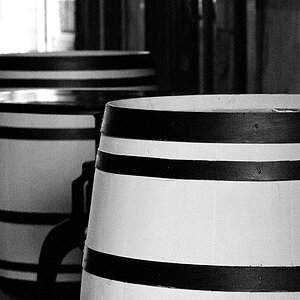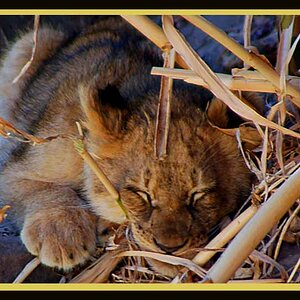photophenatic
TPF Noob!
- Joined
- Jul 30, 2008
- Messages
- 1
- Reaction score
- 0
- Can others edit my Photos
- Photos NOT OK to edit
Wow! Any idea how to do this? Apparently it's captured directly to 35mm film without a camera.
http://www.neublack.com/art-design/alan-jaras-light-photography/
http://www.neublack.com/art-design/alan-jaras-light-photography/



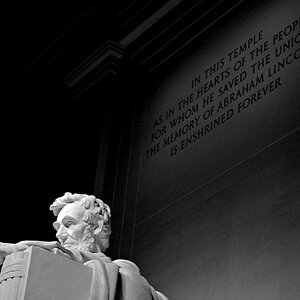
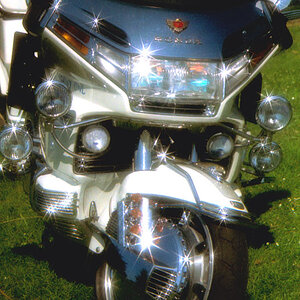
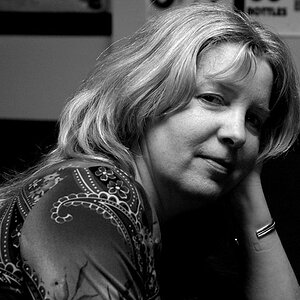
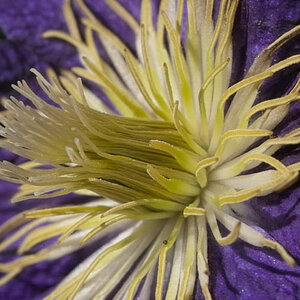
![[No title]](/data/xfmg/thumbnail/37/37604-7ad625e983f92f880eb65a264eeef5e4.jpg?1619738148)
![[No title]](/data/xfmg/thumbnail/35/35966-4f59fb71a71adfe775ae568f8c534699.jpg?1619737283)

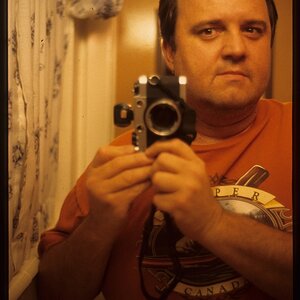
![[No title]](/data/xfmg/thumbnail/39/39185-29433e4f46e4b0bd394d10962886594c.jpg?1619738904)

